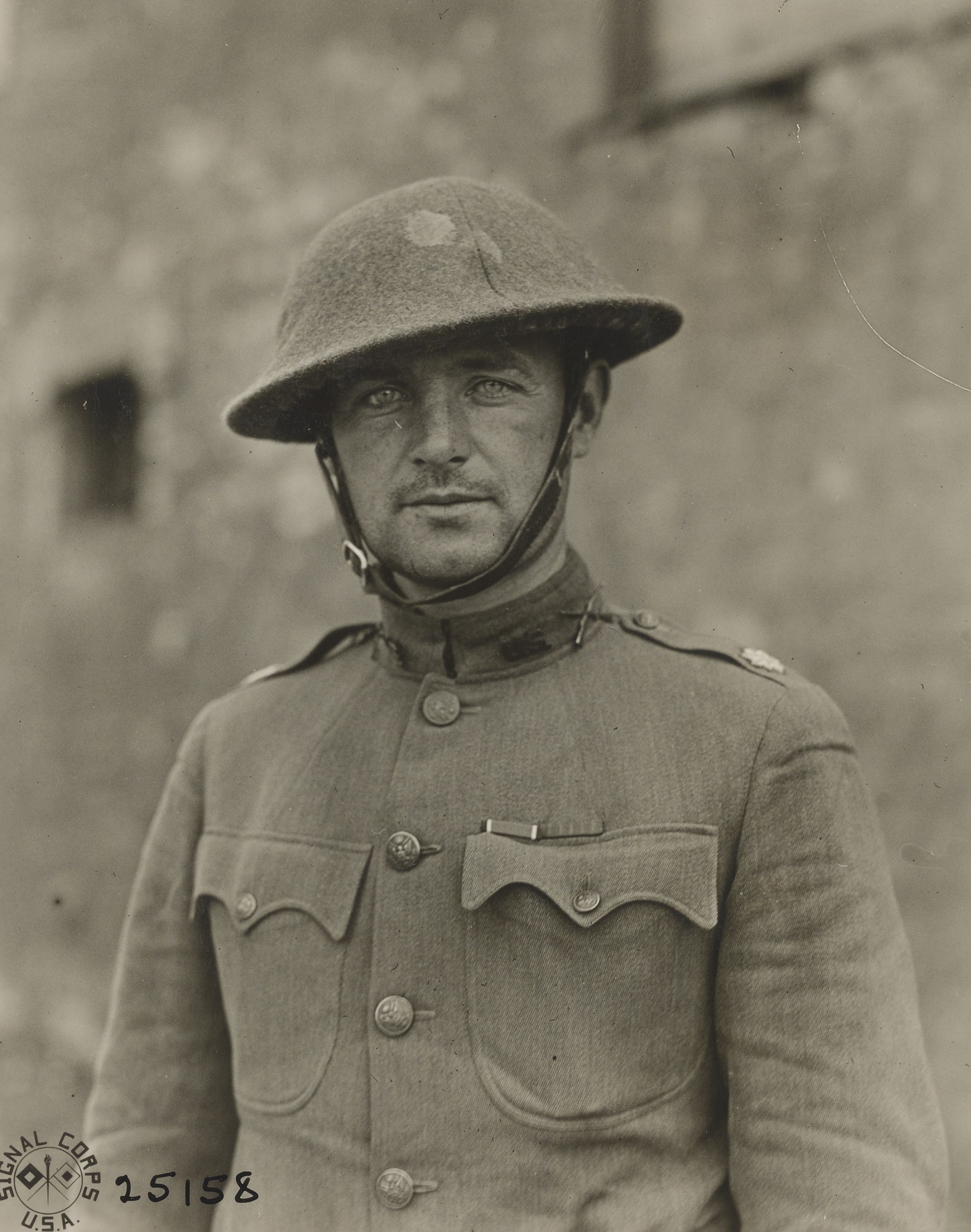October 15 in U.S. military history
1917: When a German submarine launches a torpedo at USS Cassin (DD-43) during an escort patrol, Gunner’s Mate First Class Osmond Kelly Ingram realizes the torpedo will impact the destroyer’s store of depth charges. Instead of remaining in a position of safety, he charges across the deck to the depth charges to jettison the stockpiled explosives that could sink his ship. Ingram is killed while trying to save Cassin, becoming the first U.S. sailor killed during World War I and is posthumously awarded the Medal of Honor.
1918: (featured image) Near Landres-et-St. Georges, France, Lt. Col. William “Wild Bill” Donovan earns the Medal of Honor while leading his soldiers during an assault on strong German positions. Wounded in the leg by a burst of machinegun fire, Donovan refuses evacuation and remains in command until his unit is withdrawn. Donovan is named Coordinator of Information by President Franklin D. Roosevelt in 1941 and he will form the Office of Strategic Services the following year – the predecessor to today’s Central Intelligence Agency.
1952: President Harry S. Truman authorizes a B-47 Stratojet reconnaissance overflight of the Soviet Union’s Chukostky Peninsula (just across the Bering Strait from Alaska). The photos reveal Soviet staging areas for bombers that can now target much of the Continental United States.
Meanwhile, the U.S. Navy conducts a massive amphibious mock landing at Kojo, North Korea, featuring 100 ships and support from carrier aircraft. The Navy hopes to draw the Communist fighters out into the open, allowing Task Force 77 aviators to wipe out the exposed right flank, but but the enemy doesn’t bite.

Today’s post is in honor of Lance Cpl. Joshua M. Hines, who gave his life for our country on this day in 2006. The 26-year-old native of Olney, Ill. perished during combat operations in Fallujah, Iraq. Hines was serving with the 3rd Battalion, 24th Marines, 4th Marine Division, Marine Forces Reserve.
